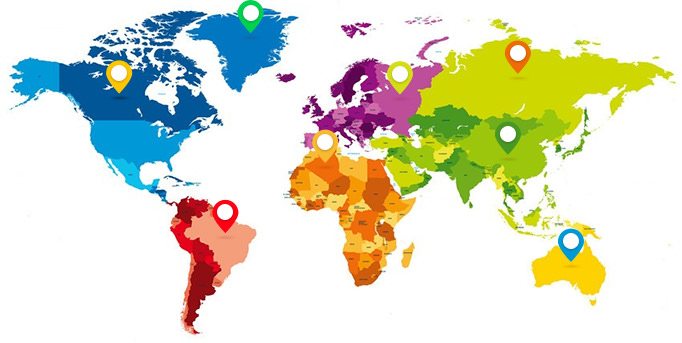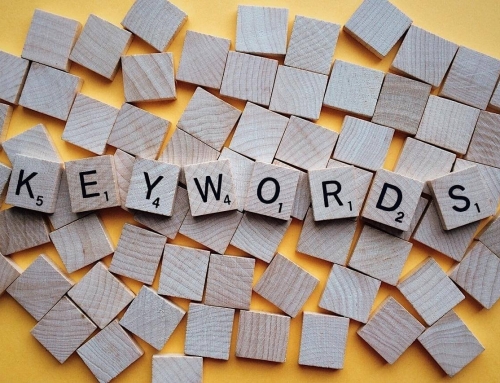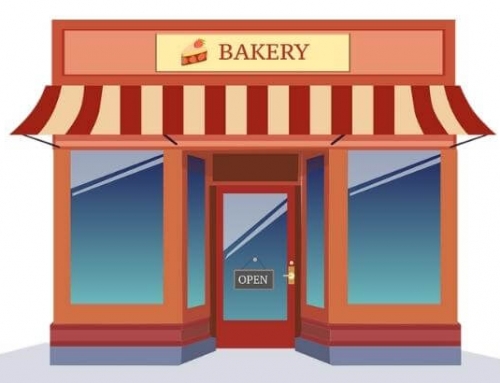Businesses in the physical world are quickly realizing that optimizing their web presence to increase visibility in their local market is the future of marketing, and that there is no more efficient way of increasing visibility, raising brand awareness, and bringing customers in the door.
Local marketing budgets are expected to rise 52% by 2018. Gaining a large portion of the local market share means honing in on the right keywords, maintaining a presence on social media, ensuring accurate listings, and generating a buzz. But what if you wanted to zoom in and target a specific area of a specific area? Is that possible?
Let’s look more at how to hyper-localize your local SEO campaign and get even more customers in the door.
What is hyper-local SEO?
Hyper-local is like local on steroids. Regular local pinpoints a wide geographic area, focuses on region or city-wide keywords, and relies on social signals to drive customers in your area to your front door. Hyper-local relies more on database management, location signals from your web-page, and geo-targeting. By focusing on a certain area and the consumers (often smartphone-having mobile users), you can display more custom ads and put your business in front of people looking for you.
How to hyper-localize your SEO
As with all things in modern SEO, the lines delineating one tactic from another are blurry and certain strategies overlap. It is important to know that going hyper-local alone is not recommended, as few businesses, if any, rely solely on people within a small geographic radius. Rather, you should look to incorporate it as a part of a larger local strategy. Here are a few expert tips to make sure you are doing it the right way:
- Determine if it is right for you – before you think about spending marketing dollars on it, determine if hyper-local is right for you. Do you serve customers in a crowded tourist area? Are you a restaurant in an ethnic neighbourhood? How many customers of yours come in off of the street to buy? 70% of consumers reported that they’d share location information if it meant they’d get a discount or a deal. Which leads us to:
- Let’s make a deal – although deals are part of local SEO, they really can make the difference in the hyper-local arena. Think about it: a tourist or casual shopper is walking down the street on a Sunday afternoon when her smartphone dings and shows her an offer she can’t refuse. Recent studies showed that over 30% of daily deal customers were new
- Manage your business directories – hyper-local is heavily dependent on location signals from your website and external directories. 14% of Google’s algorithm is dependent on these signals, and two of the top 5 local “snack pack” signals are citation-based. Make sure all of your relevant information is correct.
- Run geo-targeting tests – select a radius and craft compelling geo-specific copy and tailor-made ads to people in your area. But don’t stop there. Find out which ones are bringing in the customers. People often show up for the same reasons. Don’t waste money and resources on ads that aren’t working.
The modern consumer is always on the go, savvy, and willing to spend when they get the right deal, but you need to work harder than ever to get them. Not only are custom ads and unique experiences expected, you also need to make tailor-made offers. Knowing how to turn your local SEO into hyper-local SEO will give you a leg up in the most competitive markets, and bring the right customers into your business. As technology gets faster and smarter, this market will only grow. Get ahead of the curve now.





